1
HOME > Tips & Advice >
HOW TO SHOP FOR A MEN'S PUFFER JACKET
MAKE AN INVESTMENT PURCHASE THAT TRANSITIONS FROM THE TRAILS TO THE SIDEWALKS
Written by Ivan Yaskey in Tips & Advice on the 7th December 2018
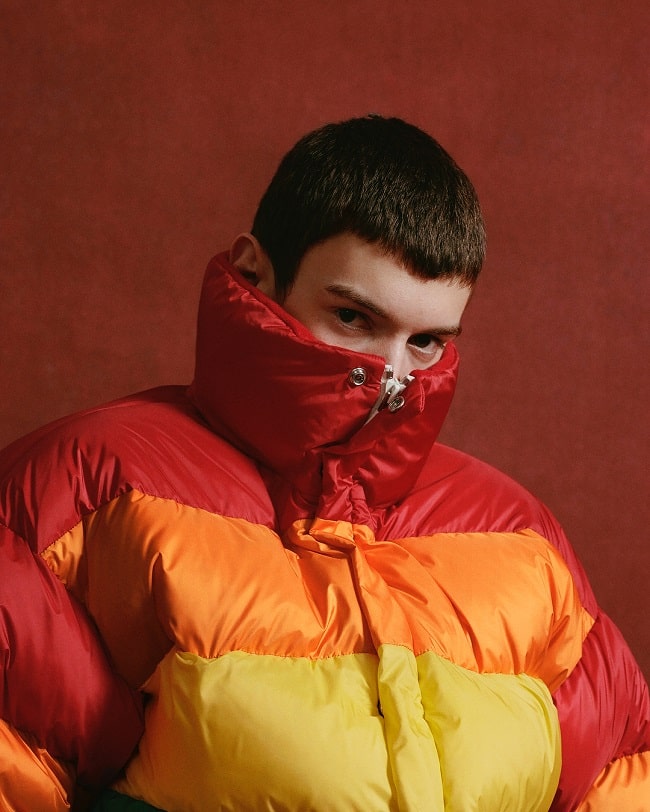
Part tech, part ‘90s retro, and a nod to classic outerwear, the puffer jacket is back. We saw it coming a few years ago, with Drake’s Canada Goose collaboration. Then, Gorpcore and tech fashion made it less of a flashy novelty piece. These days, though, puffers steer away from the 'dad' route and go more toward investment territory: It’s light, it’s extremely warm, and, if you play it right, you’ll get years out of it. For some background, this quilted, insulated garment goes back to the 1930s, when Eddie Bauer, after a close call with hypothermia on a fishing trip, crafted a moisture-blocking jacket with down feathers, based on concepts then-used by the Russian military. After playing around with quilting, wind-blocking features, and diamonds to keep it evenly heated, Bauer officially started selling the jacket, called 'The Skyliner,' in 1936.
While The Skyliner stuck around for a few decades, the puffer concept caught on – both in terms of casual and outdoor wear. For serious outdoorsmen opting to backpack 6,000 ft. peaks in fall, go on an alpine journey, or continue day-hiking through early winter, the puffer’s design has long been a staple for cool-weather and transitional journeys. These days, too, it’s gradually replacing fleece as a midlayer. Specifically, its lightweight, down- or synthetic-insulated construction traps body heat, barely takes up any space in a pack, and usually has a water-repellent exterior and filling.
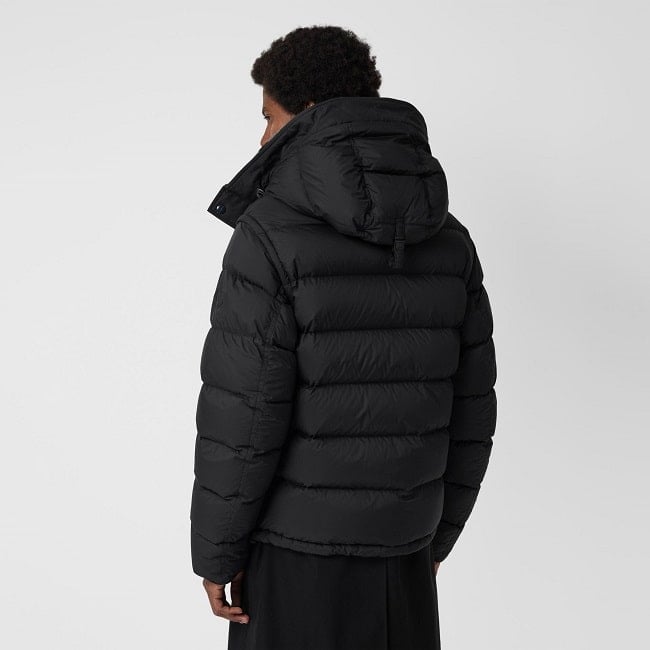
Of course, beyond the mountains, these properties make a perfect outer layer for those of us braving snow, high winds, and freezing rain in the city. Thus, the puffer, in some form, has gone in and out of street fashion: Italy’s Paninaro in the ‘80s, ‘90s hip-hop, and the heritage sportswear movement lasting through the early ‘00s. And, like workwear, 2018 sees its profile rise up to the runway, with brands like Fendi, Balenciaga, Versace, Astrid Andersen and Hugo Boss introducing a range of floor-length, patterned, or even metallic versions. However, as you’re shopping around, it’s just as easy to find a body-enveloping jacket that’ll snag and have the polyester insulation pour out as it is to find a higher-quality, compact model that transitions from the trails to the sidewalks. To make a true investment purchase, be mindful of these points:
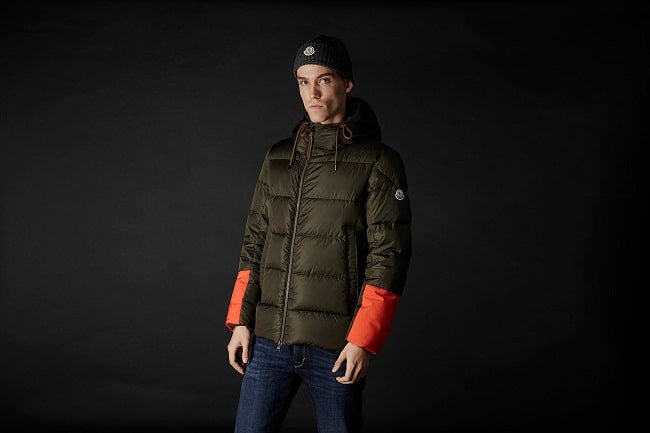
Start with the Shell
Puffer jackets have three basic parts, aside from the hood, cuffs, pockets, and the zipper. There’s insulation, the exterior, also known as a 'shell,' and lining, which could simply be smooth polyester or, for more technical models, fleece or a heat-retaining material. Not to be confused with a proper shell jacket – specifically, a lightweight, waterproof, windproof garment – the exterior often makes or breaks a puffer. Go cheap – and, for a single season, this could be fine – and if the thin polyester holding it all together gets ripped, punctured, or even just scratched a bit, the insulation slowly comes out of that portion. In the meantime, it’s clear you’re shedding feathers or at least small bits of a synthetic material. On the stronger end, go technical.
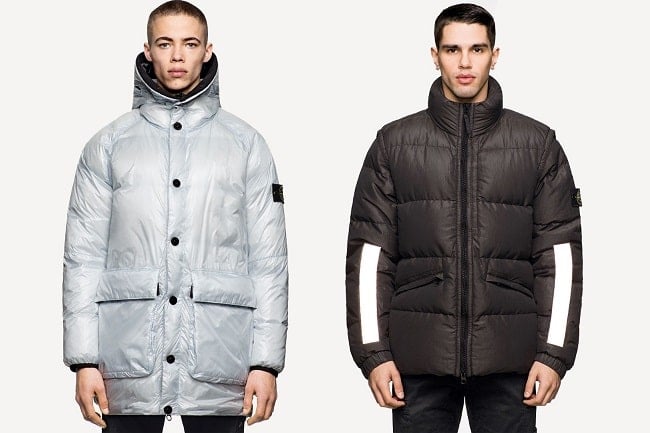
As you’ll notice with styles by Moncler, Patagonia, The North Face, and Arc’Teryx, ripstop shells win the longevity contest. Specifically, the closely woven, ultra-tough material is constructed to be abrasion resistant, perhaps with a hint of stretch for movement, and won’t tear easily. Added to these points, a true tech puffer’s exterior repels water. And, across outdoor brands, a durable water-repellent finish (DWR for short) does the job. Keep in mind that DWR isn’t fully waterproof; rather, it lets water bead up and not soak through, but it’s not something that can be fully submerged for long periods of time. Not to go into too much detail about waterproof/breathability ratings, but the more waterproof a jacket is, the less breathable it typically becomes. Thus, for everyday wear, DWR is sufficient; for a hardcore hike above treeline, have that waterproof shell jacket packed away just in case.
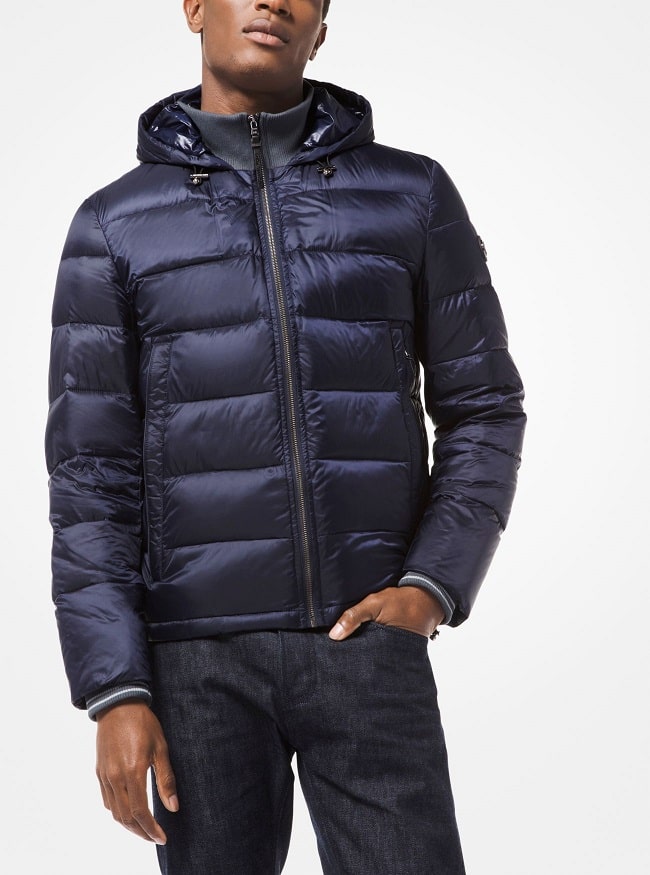
To Pack or Not to Pack
Strictly with more technical outerwear, you’ll come across 'packable' as a selling point for puffers. Generally, the jacket can be packed into a specific interior or exterior pocket, and then be stuffed into a rucksack for longer hiking or backpacking trips – think of how you pack up a sleeping bag into a compression sack. It makes adding that extra layer of insulation convenient and, as an added benefit, keeps pack weight down. Aside from a fully packable jacket, you’ll come across a packable hood – often, a hood that can be rolled up or zippered into a collar, or removed and stuffed away into a separate pocket. For everyday use, however, packability isn’t a crucial trait, unless you travel often. As well, the longer the jacket or the thicker the lining, the harder it is to pack up, so your typical parka likely doesn’t have this feature.
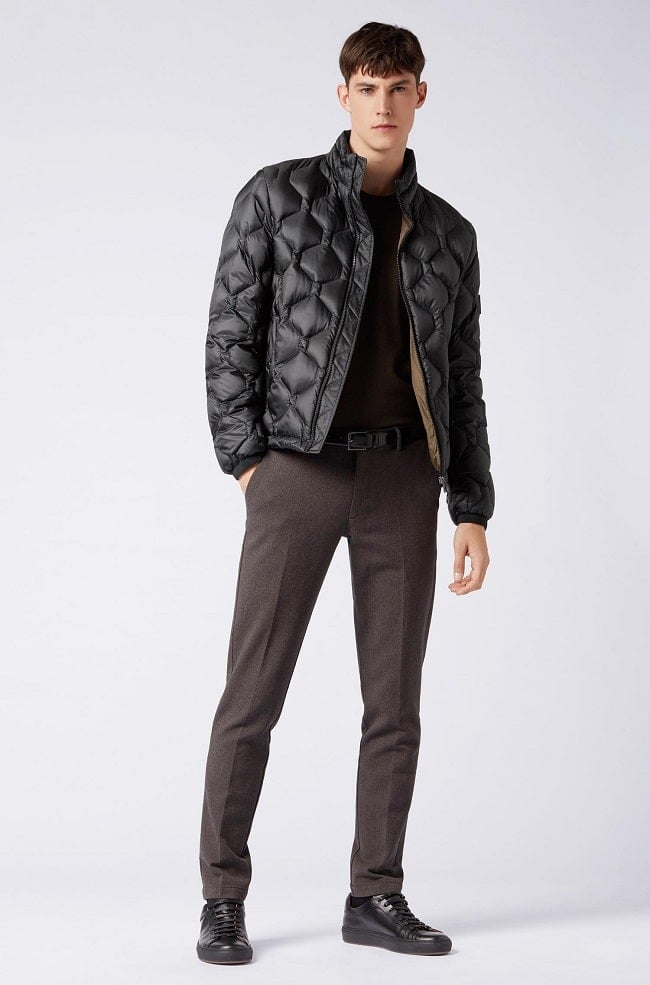
Understanding Insulation
Down insulation – made from goose or duck plumage and, contrary to popular perception, not feathers – has long been considered superior to its synthetic counterparts for a few reasons. One, it’s extremely lightweight and, hence, very packable. Two, it delivers far more insulation for its relatively minimal weight. But, it has a few drawbacks, too: Mainly, down itself isn’t a water-resistant material, and on rainy or snowy days, will suck up moisture like a sponge. Thus, when you need it, it’s pretty much useless. As such, DWR-treated down gives you the most bang for your buck. As well, you’ll notice 'fill' or 'fill power' accompanying many selling points. To sum it up, the higher the number, the better the insulation, and the lower the weight. But, this premium insulation – usually 800- or 900-fill and sourced from geese – comes with an equally high price. Thus, if you’re not seeking out a true investment piece, stick to the 450- to 600-fill range and duck down, a less-lofty alternative. As a third and key point, pay attention to sourcing. 'Traceable down' or 'Responsibly sourced down' indicates that the animals used weren’t subject to live plucking, force feeding, or other harmful treatment, and that the process used can be traced back to the original farm – specifically, one where the geese or ducks aren’t used solely for insulation, and the process is more sustainable.
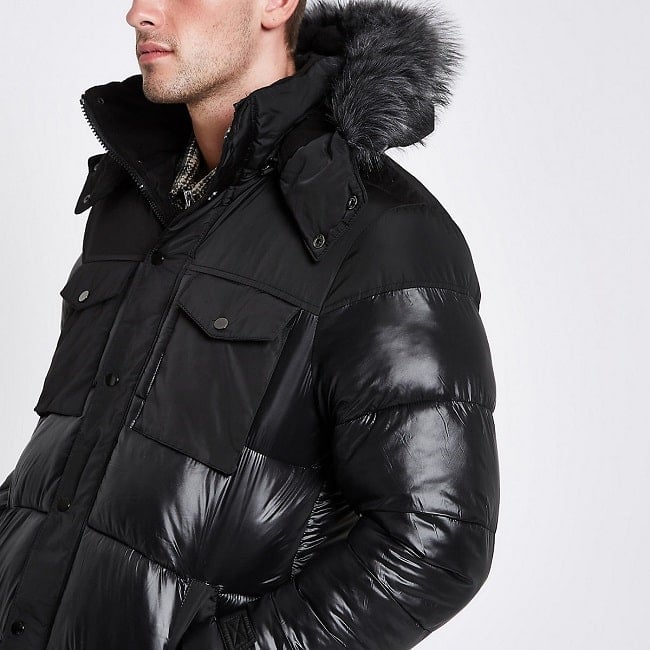
Synthetic Insulation - like PrimaLoft, tends to be polyester based and, as such, naturally offers better water repellency. While it’s neither as light nor as packable as down, it has a few upsides, too. Modern fabrications nearly replicate the loft of its natural counterpart, delivering nearly the same degree of warmth. Secondly, it repels moisture and, without additional treatments, dries in far less time, making it a better choice for wet or snowy conditions. Thirdly, pound to pound, synthetic tends to be the affordable performance alternative – especially ideal if you want something reliable to wear throughout winter but don’t have a peakbagging adventure planned any time soon.
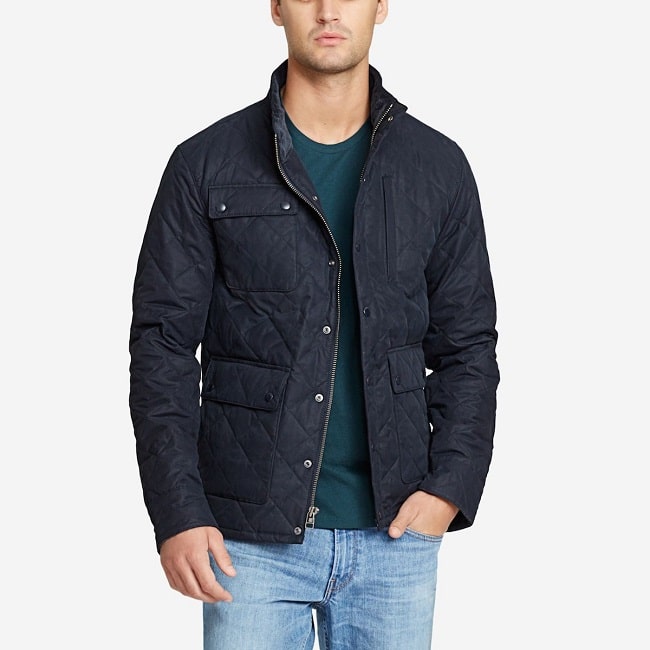

Trending
2
3
4
5
6
7
8
9
10










